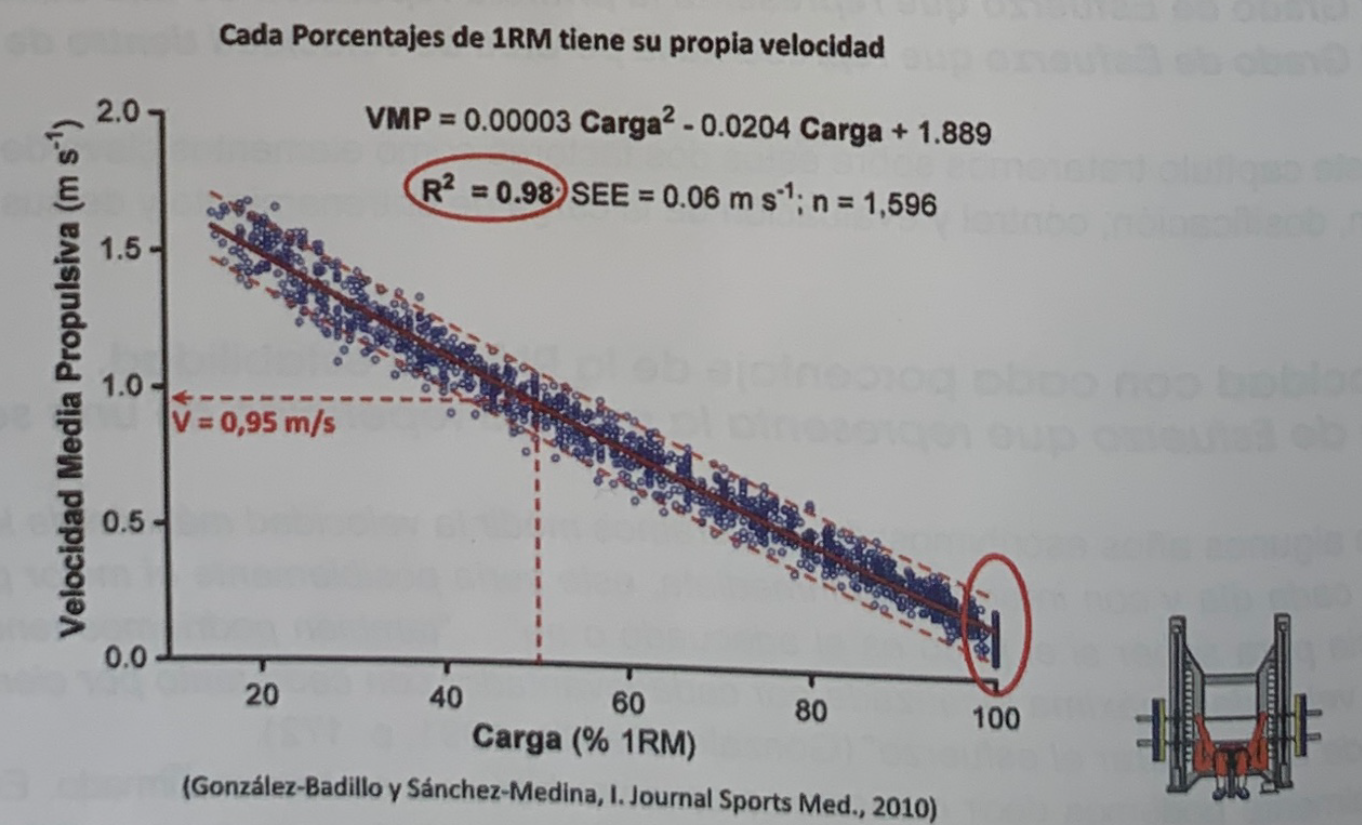3 Factors of sports training
In previous articles it has been seen that there are a series of determining factors of the force that a muscle or group of muscles can generate. Afterwards, the influence of muscle activation as the cause of a series of effects that translates into certain structural and neural transformations has also been analyzed, which give rise to the fact that this muscle activation constitutes what is understood as training.
In this series of articles we deal with some of the most important concepts of strength training, collecting notes from the recently published book Strength, Speed and Physical and Sports Performance written by renowned researchers Juan José González Badillo and Juan Ribas Serna.
Well, whatever the way in which muscle activation is carried out, whether it is correctly or not, training depends on a series of factors, whether or not the training programmer is aware of them, or Whether you take them into account or not, they are the determinants of the effect produced by the training.
These factors of sports training are three.
1/3 Factors of sports training: the speed of the first repetition.
First indicator of the character of the effort (CE) and the effort index (IE). Determinant of relative training intensity
Justification.
- Because it determines the percentage of the current RM with which the subject trains: real effort that represents the first repetition
- Because given the same speed, this percentage is practically the same for all people
- Because it starts from the assumption that even if the RM value changes, the speed with each percentage is very stable. Which is sufficiently proven.
That is, even if a training programmer does not know or does not want to know that when he performs the first repetition of a set, the speed at which he executes it determines what relative intensity he is training, that speed will determine the effect of the training, because it represents a highly relevant variable of training and its effect.
If the programmer ignores this reality and programs a percentage based on a 1RM value obtained at some point, it is already known that there is a high probability that the athlete or trained person is not training with the intensity (percentage in this case) that the programmer thinks.

But without a doubt, even in this case, what will determine the effect of the training will continue to be the speed at which the load has been moved in the first repetition, which, in this case, would represent a percentage unknown to the programmer (cases are discarded). in which the programmers indicate that the loads do not move at the maximum possible speed).
The same situation would occur if the programmer proposes that you train with a load with which you can do a certain maximum number of repetitions in the series (XRM or nRM).
Everything said in the previous paragraph is valid, but with the added peculiarity that in this case the subjects, with a high probability, would train with different relative intensities. In this case, the speed control would “come to the rescue” and could determine with what actual relative intensity they trained, even though the programmer thinks it was the same for everyone.
2/3 Factors of sports training: The loss of speed in the series with respect to the first repetition
Second indicator of the character of the effort (CE) and the effort index (IE).
Justification: Because it indicates the degree of fatigue for the same speed of the first repetition and equalizes the effort for all trained subjects. That is, because although the number of repetitions performed in the series is individual (and different) for each speed of the first repetition of a series, the percentage of repetitions performed before the same loss of speed in the series is approximately the same, and for this reason, as has been verified, there will be a very similar degree of fatigue.
With the two sports training factors described, the effort made by the subject has been defined, since its product gives rise to the IE. Index that presents a high validity as an indicator of the fatigue generated by the training.

Unfortunately, if the programmer does not know the importance of the loss of speed in the series, the effect of the training will be produced with different efforts for each subject, unknown to the programmer. If the maximum number of repetitions in the series is programmed for all the subjects, the subjects will train with different intensities in most cases, but the influence of the loss of speed in the series will be present as a “factor” of the training effect. and it will be responsible, to a large extent, together with the speed of the first repetition, of the training effect.
Naturally, the programmer will not have information about what load could have produced the effects of his training, but whatever they are and whatever the reference for programming the repetitions in the series, the effect will depend on the loss of speed in the series, and , more properly, of IE.
3/3 Sports training factors: Exercise in question.
Justification:
Each exercise has a different speed for each percentage loss of speed in the series (González-Badillo, 2000). This is because the speed with each percentage depends on the speed with which the RM is reached, which is different for each exercise (González-Badillo, 2000).
This own speed determines the characteristics of the exercise in relation to the loads and frequencies that can be used. It is reasonable to think that doing a full squat exercise does not produce the same degree of fatigue as an arm push exercise. In addition, the speed of the RM means that some exercises can be trained with higher relative intensities than others.
A clear example is the comparison of the squat and the power clean. Certain athletes would not need, and should not, do a full squat with loads greater than 80% of the RM even at the end of their sporting life, even with extensive experience in strength training.

However, these same athletes can train with intensities of 75-80% of the RM in a clean force almost from the first day of training, once they have learned a fairly acceptable technique, and later they could reach intensities of 85 and even 90% of the RM in the exercise, if the technique was good.
Also, a clean workout can be done any time close to competition, and is highly unlikely to interfere with specific performance: it could be done up to a few minutes before some competitions.
These different possibilities of the exercises are related to the speed of the respective RM. A high speed of the RM acts as a “safety” of positive effect with minimal interference with any specific exercise.
In this case, the problem would come from not knowing that the speed of the RM is determinant of the characteristics of the exercises. This lack of knowledge can lead to the training being programmed with the same intensities, and even with the same repetitions per series, with exercises with very different speeds typical of RM, which can lead to proposing excessive intensities in some exercises or useless intensities. in others.











